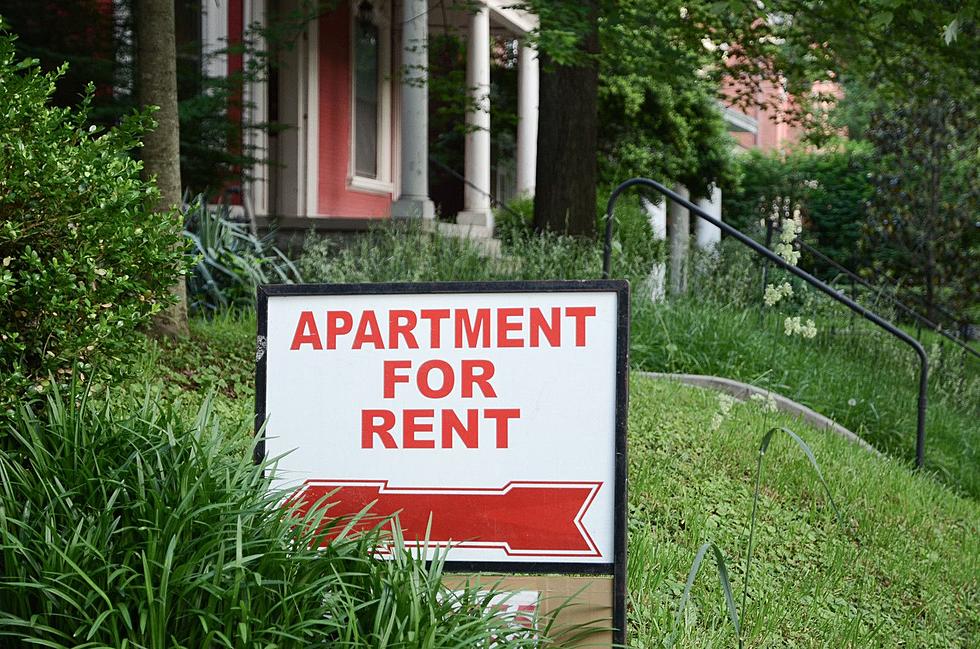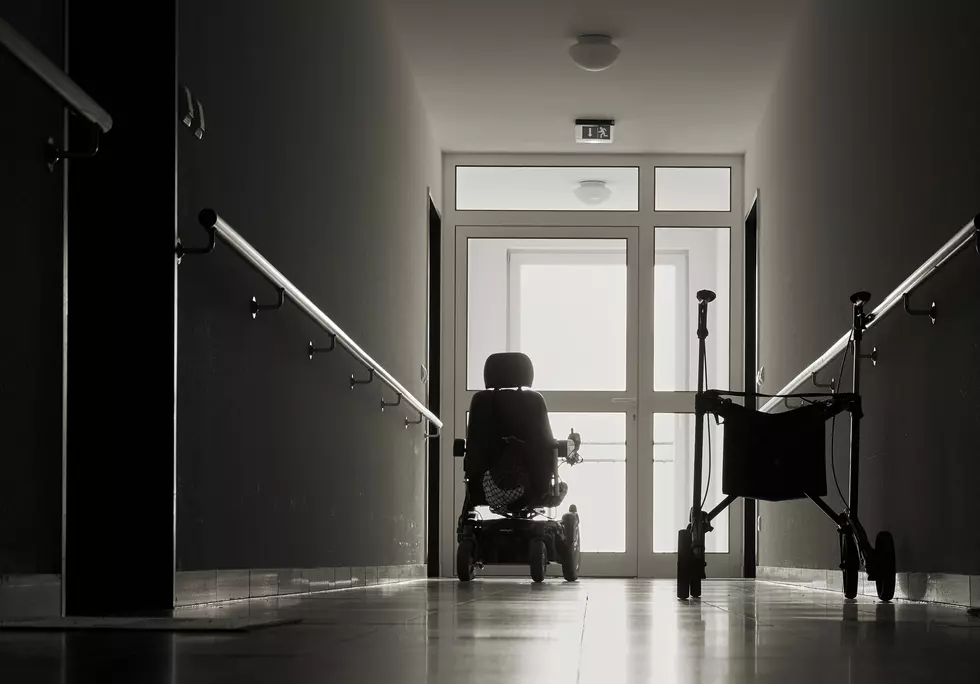
Don’t want lots more affordable housing? You’ll like this court ruling
A state appeals court ruled that towns’ affordable housing obligations don’t have to specifically address a backlog of unmet needs dating to 1999, when New Jersey last had approved housing rules in place.
The decision could slash by half, or around 100,000 units, the amount of affordable housing that municipalities may be required to build by 2025.
The quotas, which are being set by Superior Court judges rather than the hamstrung Council on Affordable Housing, will instead take into account current and future affordable-housing needs, according to the ruling. However, any shortfalls from the last 16 years could influence those numbers.
Monday’s ruling reversed a decision by a Superior Court Judge Mark Troncone in Ocean County. It was unanimous, meaning the state Supreme Court would have to decide whether to accept an appeal, if one is filed, by Fair Share Housing Center.
Fair Share hasn’t decided how it will proceed, though the organization’s executive director, Kevin Walsh, said the appellate ruling will extend delays in the development of affordable housing and unfairly ignore a time period that included the Great Recession, casino closures and a spike in foreclosures.
“This plays into the hands of wealthy towns that are seeking to delay and exclude because it requires further studies at a time when the needs of New Jersey working families, seniors and people with disabilities are so great,” Walsh said.
The appeals court, in a 53-page decision written by Judge Douglas Fasciale, said the Fair Housing Act doesn’t require a retroactive, “separate and discrete” housing obligation for the gap period.
“The focus remains – as it has for the last 40 years – on the constitutional obligation of realistically affording opportunities for construction of a municipality's fair share of present and prospective need for low- and moderate-income housing,” says the court’s decision.
There’s no precise number for either the number of units that must be built or the number of units required if the gap period were to be included. But there are estimates it could cut the number from more than 200,000 units to around 100,000.
For roughly 300 municipalities, Superior Court judges are currently setting housing obligations on a town-by-town basis. That process should unfold over the next five or so months.
“It brings finality to an issue that’s been hanging over the heads of towns and buildings and housing advocates and clarifies what the obligation is for towns going forward and actually allows for these obligations to be more rational and more reasonable and achievable,” said Mike Cerra, assistant executive director for the New Jersey State League of Municipalities.
The numbers must take into account current needs, which could be influenced by the slowdown of affordable housing development since 2000; a projection of the need for additional housing over the next decade; and any still-unmet needs assigned by COAH before 1999.
It would be fairer to count the gap period, which also included the impact on housing supplies of superstorm Sandy, said Staci Berger, president and chief executive officer of the Housing and Community Development Network of New Jersey.
“The fact of the matter is people in New Jersey couldn’t find places to afford to call home between 1999 and 2015,” Berger said. “Those people did not disappear. They didn’t dematerialize. They certainly didn’t leave in droves. They still need those homes. New Jersey needs those homes.”
Berger said the court ruling could also discourage municipalities from settling their obligations, rather than waiting for a Superior Court judge to decide on a number. She said most communities in Middlesex County agreed to compromise numbers and are working with nonprofits to implement plans.
“That’s why this causes a delay, because towns that were considering going to a settlement may take a second look, and we would be disappointed if that happens,” Berger said.
Some lawmakers welcomed the ruling.
Assemblyman Scott Rumana, R-Passaic, said “it will significantly reduce” the number of units that must be built – as well as pressure on towns.
Sen. Kip Bateman, R-Somerset, noted the ruling said housing obligations should be decided by the executive and legislative branches. He had introduced a bill that would have barred the obligations from including a retroactive requirement for the period from 1999 to 2015.
“The Superior Court answered our call to protect taxpayers from a catastrophic Ocean County court decision that would have caused a ripple effect, decimating municipalities statewide,” Bateman said.
The Council on Affordable Housing was created in 1985, after state Supreme Court decisions requiring all towns to provide opportunities for low- and moderate-income housing. COAH hasn’t adopted a third round of rules that passes legal muster since 1999, and last year the state Supreme Court shifted responsibility for the issue back to the courts.
More from New Jersey 101.5
More From New Jersey 101.5 FM









